
The world of television can be a glittering spectacle of fame and fortune, but beneath the surface, complex dynamics often play out, especially when immense salaries and personal struggles intertwine. For years, ‘Two and a Half Men’ reigned as one of the most successful sitcoms of its era, drawing millions of viewers with its sharp humor and the undeniable chemistry between its lead actors. Yet, behind the scenes, a story of staggering pay disparities and tumultuous celebrity behavior was unfolding, a narrative now brought vividly to light by co-star Jon Cryer.
Cryer, who brilliantly portrayed Alan Harper, the long-suffering brother to Charlie Sheen’s hedonistic Charlie Harper, has recently pulled back the curtain on the incredible financial gulf that separated them. In the new Netflix documentary ‘aka Charlie Sheen,’ Cryer offers an unvarnished look at the period when Sheen’s life was spiraling amid substance abuse and erratic conduct, yet his earnings soared to unprecedented heights. This isn’t just a tale of Hollywood salaries; it’s a profound look at how fear, business pressures, and personal crises can dramatically warp compensation in the entertainment industry.
What Cryer reveals is a fascinating, and at times frustrating, account of navigating a high-stakes environment where one star’s instability paradoxically cemented his financial dominance. His candid recollections provide a rare glimpse into the inner workings of a hit show grappling with its main attraction’s public breakdown, forcing us to consider the true cost of fame, addiction, and the extraordinary lengths to which studios will go to protect their investments. Let’s delve into Cryer’s insights, beginning with the revelation that started it all.

1. Jon Cryer’s Revelation of Pay Disparity
Jon Cryer’s recent candid admission about his salary on “Two and a Half Men” has ignited widespread conversation, shining a spotlight on the often-opaque world of Hollywood compensation. He revealed in the Netflix documentary “aka Charlie Sheen” that he received a mere “third” of what his co-star, Charlie Sheen, was making. This striking imbalance occurred even as Sheen’s personal life was famously unraveling, creating a scenario that Cryer found both baffling and frustrating. The revelation isn’t just about numbers; it’s about the underlying reasons and pressures that led to such a dramatic financial chasm between two central figures on a massively popular show.
Cryer’s remarks directly address the frustrations of working alongside a colleague whose erratic behavior threatened the very existence of their shared project, while simultaneously commanding an astronomical salary. The disparity became particularly poignant given Sheen’s struggles with addiction and public outbursts, which frequently made headlines and cast a shadow over the production. For Cryer, who continued to deliver consistent performances and navigate the show’s ongoing success, the financial gap underscored a deeply unsettling reality about the industry’s response to a star in crisis.
His decision to speak out in “aka Charlie Sheen” provides fans and industry observers with a unique, firsthand account of this period. It’s a testament to his willingness to be transparent about the challenging dynamics he faced. This particular revelation sets the stage for a deeper exploration into the specific figures involved, the context of Sheen’s contract negotiations, and the reasons why the studio felt compelled to agree to such extraordinary terms despite — or perhaps because of — the turmoil.
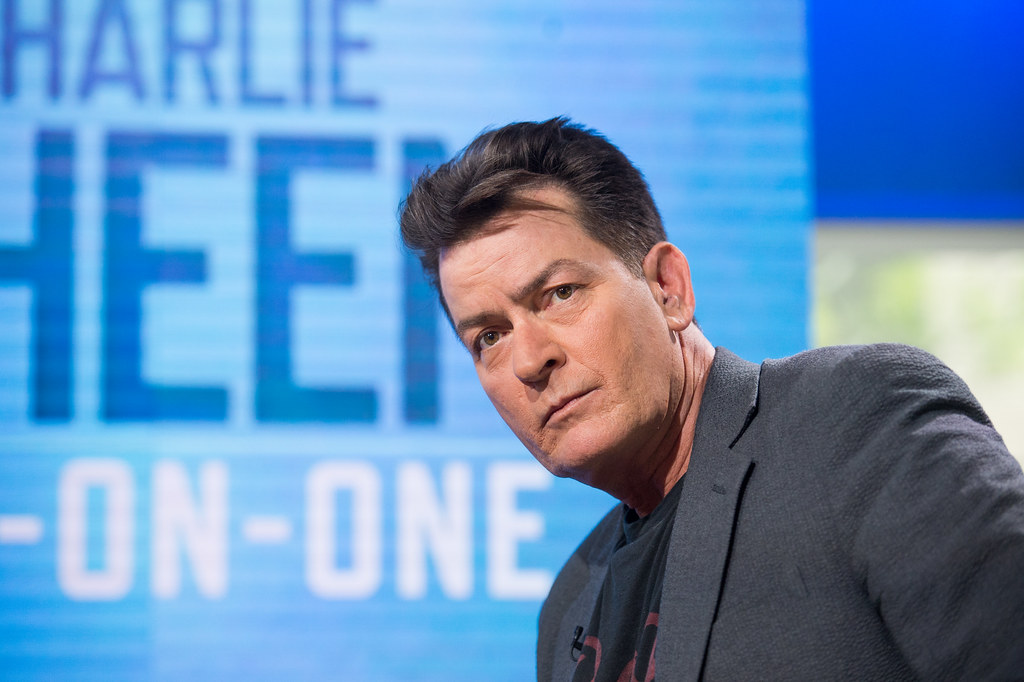
2. Charlie Sheen’s Astounding $1.9 Million Per Episode Salary
The sheer scale of Charlie Sheen’s earnings on “Two and a Half Men” is truly eye-watering, a figure that cemented his status as one of television’s highest-paid actors. Reports, including one from Forbes magazine in 2011, indicated that Sheen was pulling in an astonishing $1.9 million for each 22-minute episode. This figure alone is enough to drop jaws, placing him in an elite league of performers whose weekly take-home pay surpassed what many earn in a lifetime. It highlights the immense financial stakes involved in leading a blockbuster sitcom.
This massive pay packet wasn’t just a standard contractual agreement; it was the result of a significant pay bump that occurred “just before his infamous public firing and struggle with substance abuse.” The timing of this renegotiation is crucial, as it suggests that the studio’s decision to “shovel money at him” was directly linked to the growing instability in Sheen’s personal life. The context reveals a situation where the risks associated with a star’s behavior seemed to inflate, rather than diminish, his market value.
To put this into perspective, for every single episode of “Two and a Half Men,” Sheen was compensated with a sum that few actors ever achieve. This unparalleled financial leverage became a central point of frustration for co-stars like Jon Cryer, who found himself contributing equally to the show’s success but receiving only a fraction of this colossal sum. The $1.9 million figure is not merely a number; it represents a unique intersection of celebrity power, contractual urgency, and personal crisis within the cutthroat world of network television.

3. Sheen’s Erratic Behavior and Substance Abuse Struggles
At the heart of the “Two and a Half Men” salary controversy lies the deeply troubling reality of Charlie Sheen’s battle with substance abuse and increasingly erratic behavior. During the period of his renegotiation, and indeed throughout much of his later tenure on the show, Sheen was, as Jon Cryer starkly put it, “in the midst of falling apart in every way I can imagine.” His personal life was publicly spiraling, marked by addiction and a visible decline in his stability, which became a constant source of concern for those around him and the production itself.
This period of intense personal struggle wasn’t hidden from the public or the production team. Sheen’s behavior allegedly turned even more erratic after a rehab stint, making headlines and creating an atmosphere of unpredictability on set. It was this very chaos, Cryer believes, that paradoxically fueled Sheen’s ability to command such an astronomical salary. The notion that his personal downfall somehow strengthened his negotiating position is a bewildering, yet central, aspect of this story.
The continuous stream of highly publicized incidents, including his “public swipes at CBS, Warner Bros. and series co-creator Chuck Lorre,” painted a clear picture of a star in crisis. These actions not only disrupted filming – with Season 8 being cut short – but also placed immense pressure on the network and studio. The narrative underscores the complex interplay between a celebrity’s personal struggles and the professional environment, revealing how an individual’s vulnerability can, in certain circumstances, be weaponized in high-stakes contract talks.
Read more about: No Acting Required: 12 Uncanny Times Actors’ Off-Screen Lives Echoed Their On-Screen Roles

4. **Cryer’s Comparison of Sheen to Kim Jong-il**Perhaps one of the most striking and memorable insights from Jon Cryer in the “aka Charlie Sheen” documentary is his unexpected comparison of Charlie Sheen to the late North Korean leader, Kim Jong-il. This analogy, while seemingly outlandish at first glance, powerfully illustrates Cryer’s interpretation of the dynamics at play during Sheen’s contract renegotiations. He observed that “The dictator of North Korea was a guy named Kim Jong-Il. He acted crazy all the time and thus got enormous amounts of aid from countries who were so scared of him that they would shovel money at him.”
Perhaps one of the most striking and memorable insights from Jon Cryer in the “aka Charlie Sheen” documentary is his unexpected comparison of Charlie Sheen to the late North Korean leader, Kim Jong-il. This analogy, while seemingly outlandish at first glance, powerfully illustrates Cryer’s interpretation of the dynamics at play during Sheen’s contract renegotiations. He observed that “The dictator of North Korea was a guy named Kim Jong-Il. He acted crazy all the time and thus got enormous amounts of aid from countries who were so scared of him that they would shovel money at him.”
Cryer then drew a direct parallel to his co-star’s situation, explaining, “Well, that’s what happened here. [Sheen’s] negotiations went off the charts because his life was falling apart. Me, whose life was pretty good at that time, I got a third of that.” This comparison suggests a theory where Sheen’s escalating instability, rather than being a deterrent, became a bizarre form of leverage. The underlying message is that the studio, fearful of the potential fallout from Sheen’s behavior and the disruption it could cause, chose to appease him financially.
This analogy speaks volumes about the perceived power Sheen wielded, even while in a state of personal crisis. It paints a picture of a studio so desperate to maintain the stability of their hugely profitable show that they were willing to capitulate to unprecedented demands, effectively “shoveling money” at a talent whose erraticism seemed to be intensifying. Cryer’s observation offers a unique, albeit cynical, perspective on how extreme behavior can sometimes be inadvertently rewarded in high-pressure, high-stakes environments.
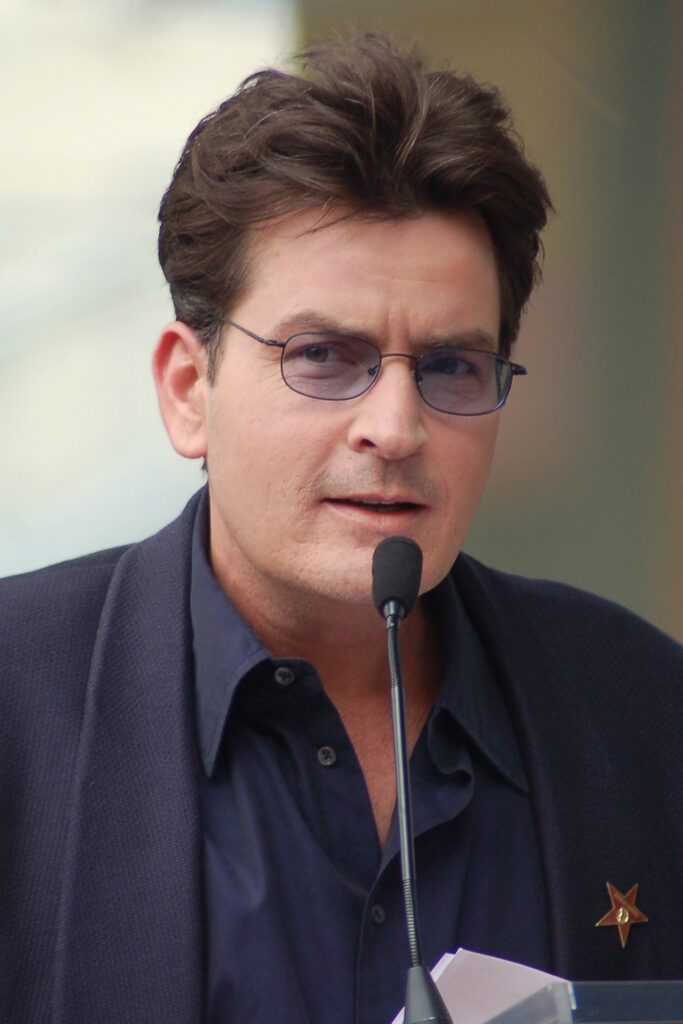
5. CBS’s Motivation to Pay Sheen: Pre-sold Seasons
The astronomical sums paid to Charlie Sheen, despite his increasingly erratic behavior, weren’t solely a reaction to his personal crisis; they were also a cold, hard business decision driven by the network’s prior commitments. Jon Cryer shed light on this crucial aspect, explaining that CBS was “more or less forced to ‘spend this astonishing amount of money on Charlie’ because it had already ‘pre-sold a couple extra seasons of the show’ before Sheen’s public breakdown.” This pre-existing financial obligation placed the network in an extremely vulnerable position.
Imagine the immense pressure: the show was a massive hit, and future seasons had already been guaranteed to advertisers and international markets. If Sheen, the central figure, were to walk away or be deemed unmanageable, it would not only halt production but also trigger significant financial penalties and a loss of trust. Therefore, even as Sheen’s life spiraled, CBS found itself in a bind, prioritizing the fulfillment of those pre-sold contracts above all else.
This commercial reality explains why the studio was willing to acquiesce to Sheen’s “off the charts” demands. It wasn’t necessarily an endorsement of his behavior, but a pragmatic calculation to mitigate an even greater financial catastrophe. The story of “Two and a Half Men” thus becomes a compelling case study in the intersection of celebrity power, contractual obligations, and the unpredictable nature of human behavior in the high-stakes world of television production.
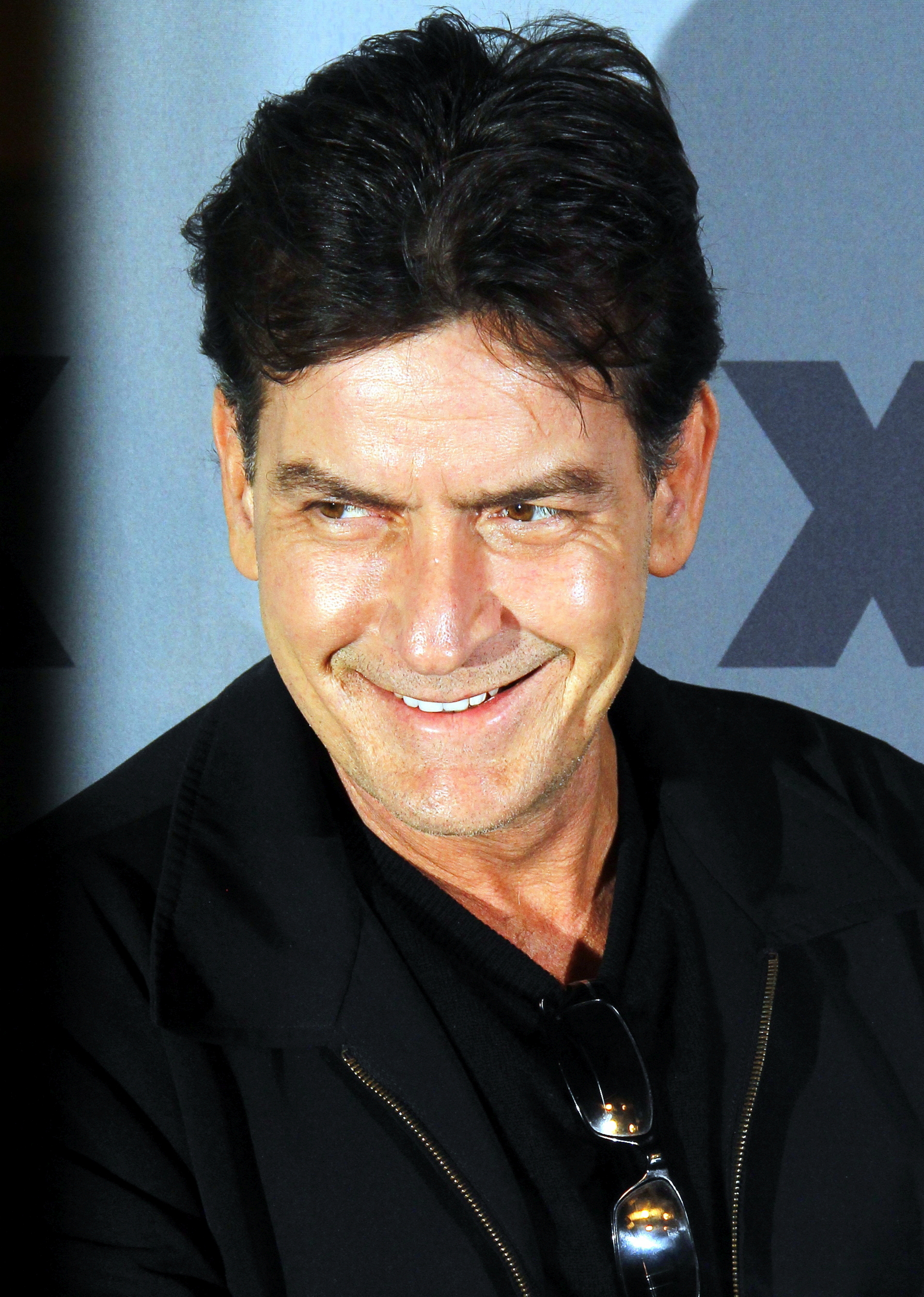
6. The Impact of Sheen’s Behavior on the Show’s Survival
Charlie Sheen’s spiraling personal life and increasingly volatile behavior didn’t just affect his own career; they directly jeopardized the very survival of “Two and a Half Men,” a show that was consistently one of television’s top performers. Jon Cryer frequently alluded to the direct threat Sheen’s unreliability posed, stating that his actions literally “threatened the show’s survival.” This wasn’t mere hyperbole; the context clearly indicates a period of intense uncertainty and concern for everyone involved with the series.
The disruptions caused by Sheen’s behavior were far-reaching and tangible. His entry into drug rehabilitation delayed filming, causing significant logistical and financial headaches for the production. Beyond the delays, his public disparagement of series co-creator Chuck Lorre, Warner Bros., and CBS created an untenable working environment. These public “swipes” went far beyond mere celebrity antics; they directly attacked the very people responsible for the show’s existence and success.
For the cast and crew, working under such conditions must have been incredibly stressful, with the constant threat of cancellation looming. The show’s creative direction, its financial stability, and the livelihoods of hundreds of people hung in the balance, all because of one star’s inability to maintain professional decorum amid personal struggles. It’s a stark reminder of the fragile ecosystem of a television production, where the actions of a single individual can have monumental consequences for an entire enterprise.
Read more about: Famous Actors Who Hated Each Other: The Real Drama Behind Your Favorite Movies and TV Shows
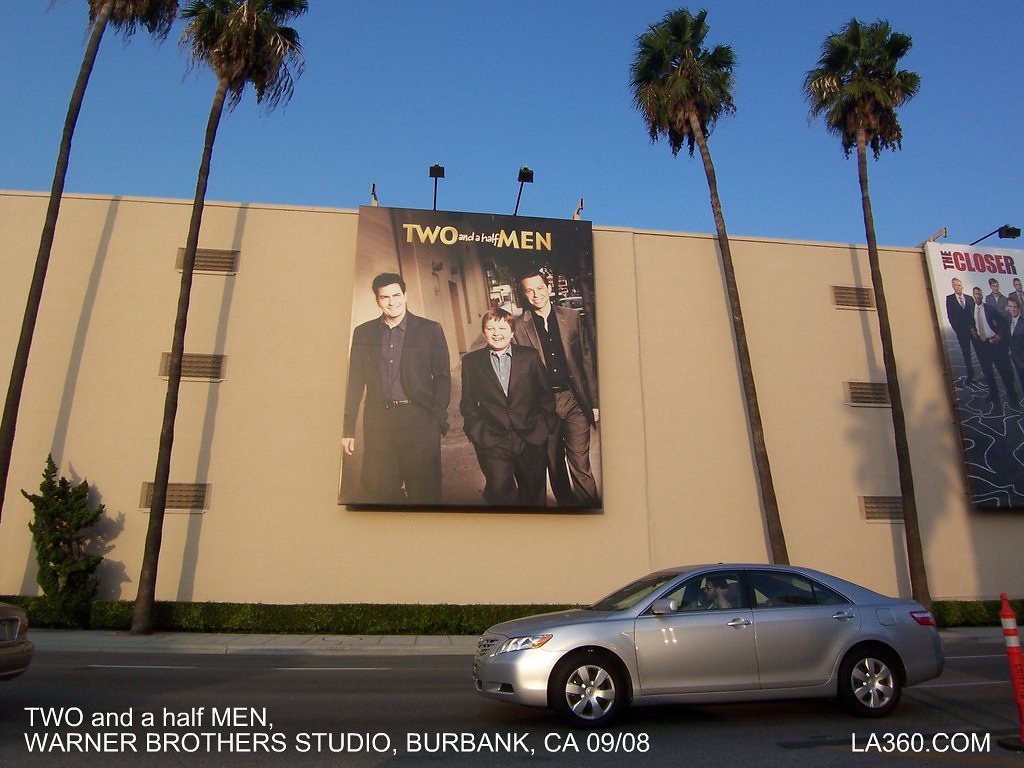
7. Sheen’s Firing from “Two and a Half Men” After Season 8
The inevitable conclusion to Charlie Sheen’s increasingly erratic behavior and public feuds was his eventual firing from “Two and a Half Men” after Season 8. This wasn’t a sudden decision, but the culmination of a protracted period of public instability and professional misconduct. The filming of Season 8 had already been severely impacted and “delayed after Sheen entered drug rehabilitation and disparaged show creator Chuck Lorre,” signaling that the situation had reached a critical breaking point.
Despite the network’s significant investment and their initial efforts to placate him with an unprecedented salary, there came a point where Sheen’s actions made his continued employment untenable. His “public swipes at CBS, Warner Bros. and series co-creator Chuck Lorre” crossed a line, demonstrating a profound disrespect for his employers and colleagues. The decision to fire him, though costly and disruptive, became a necessary step to salvage the show and protect its future.
This dramatic exit marked the end of an era for the hit sitcom and for Sheen’s primary role within it. It underscored the limits of even the most powerful celebrity’s leverage when their behavior becomes too detrimental to the production. The firing of Charlie Sheen from “Two and a Half Men” remains one of the most talked-about incidents in television history, a testament to the explosive intersection of fame, fortune, and personal downfall. It led directly to the show’s significant pivot, paving the way for a new chapter without its original leading man.
Read more about: Charlie Sheen’s Heartfelt Plea to Jon Cryer: Inside Their ‘Two and a Half Men’ Reunion and the Long Road to Reconciliation

8. Jon Cryer’s Personal Toll and Physical Manifestations
Working alongside Charlie Sheen for eight years, particularly during his tumultuous period, took a significant personal toll on Jon Cryer, a fact he candidly shared in the Netflix documentary ‘aka Charlie Sheen’. Cryer playfully, yet poignantly, remarked on the physical change he experienced during this intense chapter of his career: “When I started, I had hair.” This seemingly lighthearted comment underscores the immense stress and pressure he endured, suggesting that the prolonged exposure to Sheen’s instability and the constant threat to the show’s future literally aged him.
Cryer’s remark speaks to more than just superficial changes; it reflects the deep psychological strain of navigating a high-stakes professional environment complicated by a co-star’s very public meltdown. While he continued to deliver his acclaimed performance as Alan Harper, the underlying anxieties of job insecurity, the show’s potential collapse, and the personal difficulty of working with a friend in crisis must have been immense. His ability to maintain his professionalism while dealing with such profound chaos around him is a testament to his resilience.
This personal admission gives audiences a rare glimpse behind the curtain of Hollywood glamour, revealing the less-talked-about human cost of working on a massively successful show under extraordinary circumstances. It emphasizes that while Charlie Sheen’s struggles were undeniably central, the ripple effects extended to everyone involved, particularly those, like Cryer, who were deeply invested in the show’s continued success and the livelihoods it supported.

9. Cryer’s Initial Hesitation to Participate in ‘aka Charlie Sheen’
Given the profound impact of his time with Charlie Sheen, Jon Cryer expressed considerable “trepidation about participating” in the ‘aka Charlie Sheen’ documentary. His hesitation stemmed from a deep understanding of Sheen’s recurring life patterns, a cycle that Cryer felt wary of inadvertently perpetuating. He articulated this concern with careful consideration, demonstrating a desire to avoid being drawn back into a narrative he had already lived through so intensely.
Cryer was acutely aware that a significant part of Charlie Sheen’s life cycle involved hitting rock bottom, then rebuilding, only to burn himself out again. He famously noted, “He just can’t help but set that house on fire.” This insight informed his reluctance, as he did not want his participation to be perceived as either building Sheen up or tearing him down, but rather as an honest reflection without becoming an enabler of the cycle.
His decision to ultimately participate, despite these reservations, highlights the importance of sharing his firsthand account. Cryer was clear in his intentions, stating, “I’m not here to build him up and I’m not here to tear him down. But I sure hope this doesn’t go bad.” This sentiment reveals a genuine hope for Sheen’s well-being while underscoring the delicate balance Cryer sought to strike in contributing to the documentary, aiming for an objective yet personal perspective.
Read more about: Charlie Sheen’s Heartfelt Plea to Jon Cryer: Inside Their ‘Two and a Half Men’ Reunion and the Long Road to Reconciliation

10. Charlie Sheen’s Cyclical Pattern of Success and Self-Destruction
Jon Cryer’s observations in ‘aka Charlie Sheen’ paint a vivid picture of a deeply ingrained, almost predictable, pattern in Charlie Sheen’s life. Cryer describes it as a “cycle of Charlie Sheen’s life has been that he messes up terribly, he hits rock bottom, and then he gets things he gets things going again. And he brings a lot of positivity in his life, and that’s when he burns himself out again.” This recurring theme of self-destruction followed by a period of rebuilding, only to relapse, appears to be a defining characteristic of Sheen’s public and private struggles.
This cyclical nature suggests a profound internal battle, where periods of professional success and personal stability are inevitably undermined by his own actions. Cryer’s blunt assessment, “He just can’t help but set that house on fire,” encapsulates the tragic inevitability he perceived in his former co-star’s trajectory. It highlights a talent that, despite its brilliance, frequently succumbs to forces that lead to personal and professional upheaval.
Understanding this cycle is crucial to grasping the complexities of Sheen’s career, particularly during the ‘Two and a Half Men’ era. It explains why, even after securing an unprecedented salary and having the opportunity to solidify his position, his behavior ultimately led to his downfall. Cryer’s insight provides a poignant human element to the story, framing Sheen not just as a high-earning celebrity, but as an individual caught in a relentless pattern he struggles to escape.

11. Ashton Kutcher’s Arrival as Walden Schmidt and the Show’s Pivot
Following Charlie Sheen’s dramatic departure and subsequent firing from ‘Two and a Half Men’ after Season 8, the hit CBS sitcom faced an uncertain future. However, the show made a significant pivot, introducing a new character to fill the void left by Sheen’s absence: Ashton Kutcher as the billionaire Walden Schmidt. This bold move fundamentally altered the show’s dynamic, moving beyond Charlie Harper’s hedonistic bachelor lifestyle to explore new comedic territory with Schmidt’s character.
Walden Schmidt’s introduction saw him buying the iconic beachfront house that had been central to the series, effectively becoming the new male lead alongside Jon Cryer’s Alan Harper and Angus T. Jones’s Jake. This transition was a gamble for the network and producers, as replacing a beloved and highly compensated star like Sheen could have easily derailed the show entirely. Yet, ‘Two and a Half Men’ managed to continue its run for several more seasons with Kutcher at the helm.
Kutcher’s portrayal brought a different energy to the series, and while it wasn’t universally acclaimed as the original dynamic, it allowed the show to evolve and maintain its presence on television until its final 12th season. The decision to bring in a new, high-profile actor like Kutcher demonstrated the network’s commitment to the franchise, proving that even a major shake-up could be navigated, albeit with a fresh creative direction.
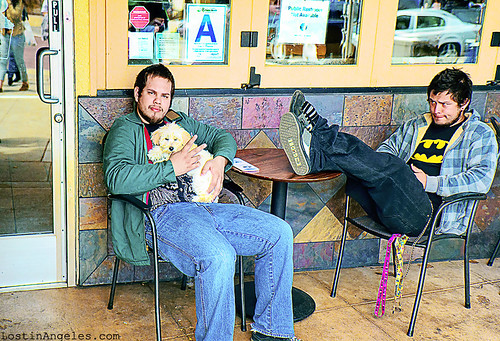
12. The Enduring Popularity and Viewer Reception of ‘Two and a Half Men’
Despite the behind-the-scenes drama and the major cast change, ‘Two and a Half Men’ managed to maintain an impressive level of popularity among viewers throughout its extensive 12-season run, from 2003 to 2015. The series consistently drew in millions of viewers, establishing itself as one of the most successful sitcoms of its century. Its ability to retain a broad audience, even after such significant turmoil, speaks volumes about its foundational appeal and the loyalty of its fan base.
The show’s enduring appeal can be attributed to its sharp humor, relatable (if exaggerated) family dynamics, and the comedic talents of its cast. Even when Charlie Sheen’s personal struggles became public, a core audience remained engaged with the storylines and characters. This unwavering viewership provided the network with a strong incentive to keep the show going, despite the escalating costs and challenges.
Its popularity was a crucial factor in CBS’s decision-making regarding Sheen’s salary and eventual replacement. The pre-sold seasons, as Cryer explained, were a testament to this popularity, demonstrating the show’s immense value to advertisers and international markets. Ultimately, it was this strong connection with its audience that allowed ‘Two and a Half Men’ to weather the storms and remain a staple of television comedy for over a decade.
Read more about: 14 Revolutionary War Films That Missed the Mark on History — A Deep Dive into Cinematic Liberties

13. Critics’ Mixed-to-Positive Reviews and Lead Actors’ Chemistry
While immensely popular with audiences, ‘Two and a Half Men’ garnered a range of responses from critics, receiving “mixed-to-positive reviews” throughout its 12-season run. Critics often lauded specific elements that contributed to its success, highlighting strengths that went beyond its sometimes controversial humor. A recurring theme in the positive assessments was the undeniable chemistry among its lead actors, particularly in the initial seasons with Charlie Sheen and Jon Cryer.
This praised chemistry between Sheen’s hedonistic Charlie Harper and Cryer’s long-suffering Alan Harper was a cornerstone of the show’s comedic appeal. Their contrasting personalities and perfectly timed comedic exchanges created a dynamic that resonated deeply with viewers and critics alike. It was this on-screen magic that often elevated the material, turning potentially formulaic sitcom tropes into genuinely hilarious moments.
Beyond the lead actors, the show was also praised for its humor and writing, which, even in its later years, continued to provide laughs for its dedicated fanbase. Despite the controversies surrounding its star and the subsequent cast changes, the underlying comedic talent and character interactions frequently earned favorable mentions, reinforcing the show’s creative merits alongside its commercial success.

14. Charlie Sheen’s Unfinished Business and Desire for a ‘Proper’ Ending
Even after his contentious departure and the show’s eventual conclusion with Ashton Kutcher, Charlie Sheen still views his time on ‘Two and a Half Men’ as “unfinished business.” He has publicly expressed a desire to bring the sitcom to a “proper” ending, reflecting a longing to rectify the abrupt and tumultuous way his tenure on the show concluded. This sentiment indicates a sense of regret and a wish to provide closure, not just for himself, but primarily for the dedicated fans.
When asked by Entertainment Tonight about whether he wished the show had gone better, Sheen acknowledged, “Of course I do.” His vision for a proper ending isn’t just about his personal narrative; he explicitly states he would do it “more for the fans than for myself.” He envisions a scenario where the show could “put a proper bookend on it. Just to land that plane… how it always should have touched down. Like a frisbee on the beach.”
This desire to metaphorically ‘land the plane’ suggests Sheen recognizes the impact his actions had on the series’ conclusion and seeks to offer a more satisfying resolution. It highlights a different side of the actor, one that, despite past mistakes, remains connected to the legacy of the show and appreciative of the audience who supported it for so many years. Whether such a reunion could ever materialize remains speculative, but the sentiment itself speaks volumes.
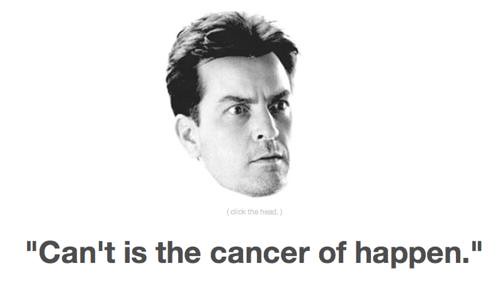
15. The Netflix Documentary ‘aka Charlie Sheen’: A Tell-All Look
The revelations and candid accounts from Jon Cryer are prominently featured in the new Netflix documentary titled ‘aka Charlie Sheen’. This two-part tell-all series provides an in-depth exploration into the life and career of Charlie Sheen, offering viewers an unfiltered look at the events that shaped his tumultuous journey, particularly during his time on ‘Two and a Half Men’. The documentary serves as a comprehensive narrative, weaving together various perspectives, including those from his former co-stars.
Currently available to stream on Netflix, ‘aka Charlie Sheen’ goes beyond mere sensationalism, aiming to present a more complete picture of the actor’s experiences, struggles, and the controversies that made headlines. It includes discussions on significant allegations, such as those related to Kelly Preston and Corey Haim, which Sheen has strenuously denied, adding layers of complexity to the overall portrayal.
For audiences, the documentary offers a unique opportunity to gain firsthand insights from those who were closest to the events, like Jon Cryer. His participation, despite initial trepidation, lends significant weight and credibility to the narrative, making ‘aka Charlie Sheen’ an essential watch for anyone interested in the inner workings of Hollywood, celebrity culture, and the personal battles fought behind the scenes of a global phenomenon.
As we reflect on the remarkable journey of ‘Two and a Half Men’ and the captivating, often bewildering, saga of Charlie Sheen’s career, one thing becomes abundantly clear: the world of entertainment is far more intricate and unpredictable than its glamorous facade suggests. Jon Cryer’s courageous honesty has peeled back the layers, revealing a narrative rich with lessons about fame, addiction, the cutthroat business of television, and the profound human impact of extraordinary circumstances. His insights, shared with candor and wit, ensure that the story of ‘Two and a Half Men’ will continue to resonate, not just as a comedic triumph, but as a compelling human drama that truly captured the world’s attention.”



_(cropped)_(cropped).jpg)